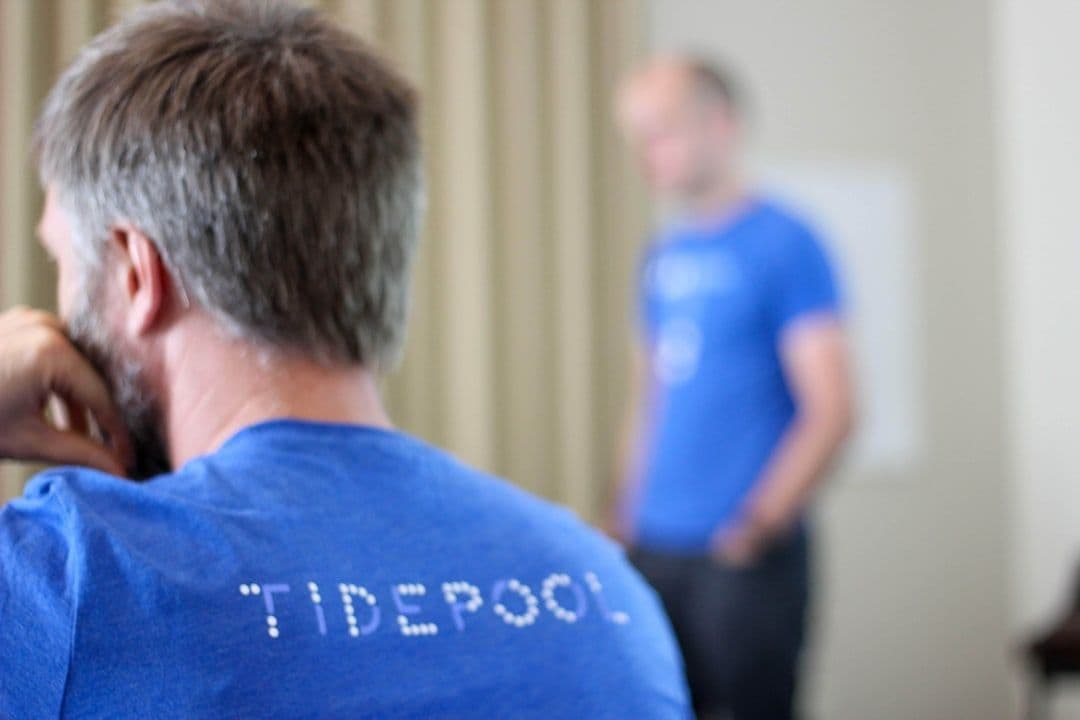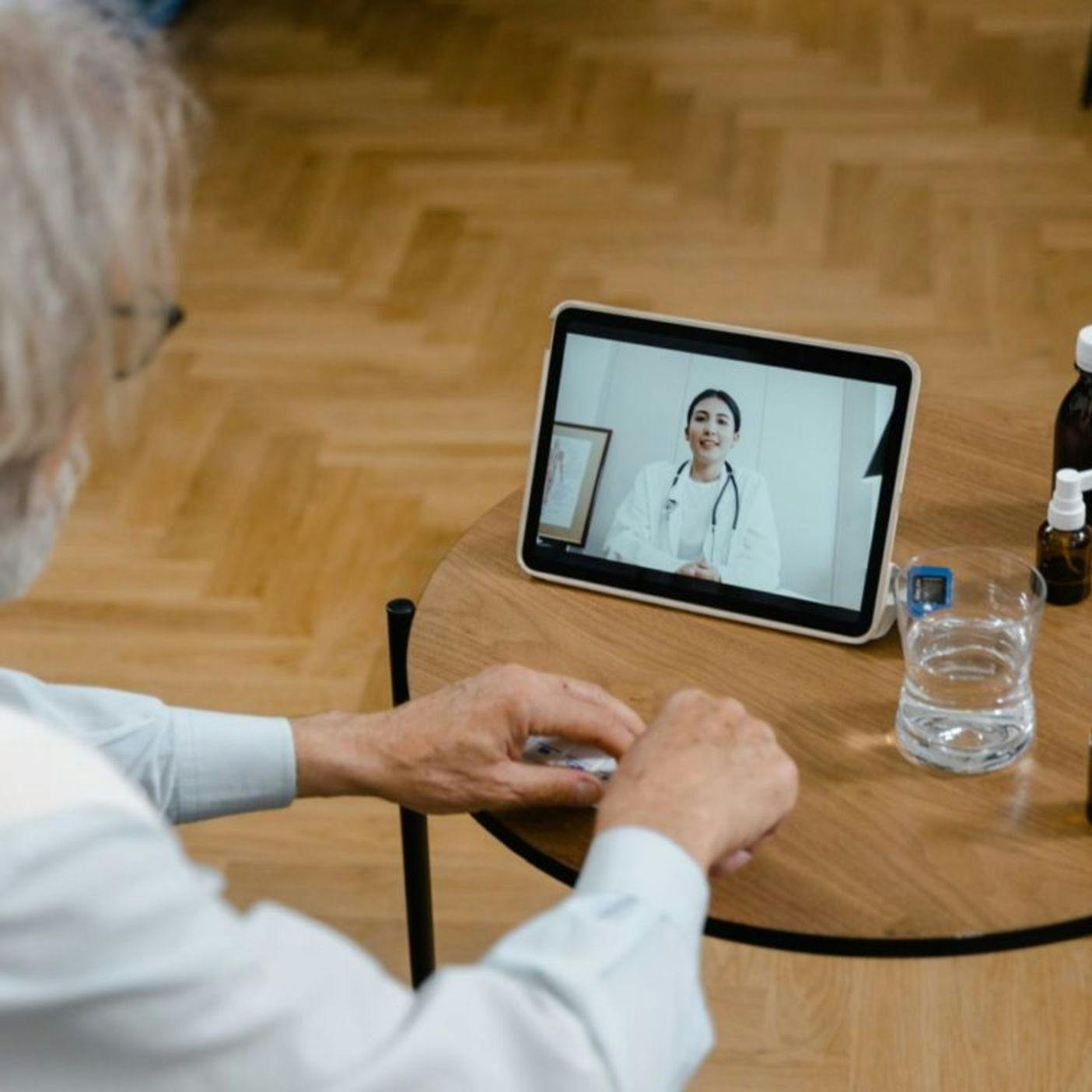Dr. Lisa Koonin spent 30 years at the Centers for Disease Control and Prevention before founding Health Preparedness Partners, her consultancy.
We spoke to her about the findings of our Healthcare Convenience Report, particularly in relation to where Telehealth can make the biggest difference.
What were your initial thoughts on the research?
I think that sometimes in life we are forced to do things that we would normally be resistant to – because we just don’t like change generally, especially in the medical field.
And I think that particularly in the States, offering telemedicine before COVID was difficult for many providers.
There were a number of financial and access barriers before the emergence of COVID-19. It didn’t pay on par with the face-to-face visits, the patient often couldn’t even be in their home (they had to be in a medical setting) and physicians had to be in the same state and with licensure to practice in the same state as the patient.
The hurdles and bureaucratic rules made it a tool that was underutilized and inaccessible.
And then in March 2020, when policy changes and regulatory waivers from the U.S. Centers for Medicare & Medicaid Services in response to COVID-19 and provisions of the U.S. Coronavirus Aid, Relief, and Economic Security (CARES) Act, were enacted, a number of these barriers were lifted and utilization of telehealth dramatically increased. If these provisions can endure and the constraints are not reinstated, then I think we might be able to accomplish things that are desperately needed in clinical care.
But telehealth is still not accessible to everyone. There remain issues such as limited awareness of telemedicine services, user reluctance or lack of familiarity with computers, scheduling constraints and bandwidth limitations for users and providers.
Tell us more about this - what kinds of care can this affect too?
First of all, we’ve seen a huge explosion in mental health visits by telemedicine, because it’s easier to access and it’s less embarrassing than being in front of a person or going into an office that’s marked “psychiatrist”.
So this is an opportunity to actually improve the services for mental health, which we desperately need. But we have to get the word out in a culturally competent way.
The second is chronic disease patients. I’ve managed patients a lot and usually in the initial exam, you do need hands-on physical – you want to listen to the heart, you want to touch and check things, do a neuro check and so on and so forth.
But after you have established that baseline with the patient, it’s basically monitoring, recurrent lab studies, and managing meds – and this can be easily done by tele-medicine.
With chronic disease, the person has to do something every single day – take their meds or watch their diet or inject insulin – and that is hard to do. Unfortunately people just go months and months and months, if not even years without touching base with the healthcare provider. And what they really need is monitoring and coaching, they need support and they need the questions answered.
The insight here is that telemedicine doesn’t always have to be a physician delivering services. We could easily improve chronic disease management by having an array of professionals who were available in little 15 minute visits.
The third gap telemedicine can help is postpartum care. What we know is that there’s huge gaps between women of color and white women in terms of morbidity during and after pregnancy.
When a mother has a newborn, there’s all kinds of things that they need support for – in terms of caring for the newborn, in terms of resolution of the pregnancy status, watching for danger signals and seeking care immediately when needed in terms of parenting skills, in terms of bonding. And in the U S most women have to wait six weeks after they are discharged from the hospital before they return to see a provider.
So much can go on in that time period that can create problems. Not only physical problems but mental health problems, postpartum depression. Bonding and nurturing, baby care issues. And telemedicine could be a perfect way to help.
What did you think about peoples’ main frustrations with the face-to-face experience?
Let’s talk about waiting. There’s a not so subtle message in the waiting room if I have to wait 30 minutes or longer for my appointment, which means my time as the doctor is more important than the patient’s and that message is not lost on many people. When you have an appointment and you have to sit in the waiting room for 40 minutes, or sit in the exam room with a little paper gown for a prolonged period of time your experience is diminished. Your trust in your experience with the provider is colored by your feelings of disrespect or wasting your time.
And what I’ve noticed with telemedicine visits is that, even if sometimes they’re delayed, many times they are prompt and on time.
What else can providers do today to make services more accessible and convenient?
I think that providers have been reluctant to really go out and do heavy marketing for the options, not knowing what is going to happen after COVID-19 with respect to the funding and regulatory side.
Providers should be really thinking about how to maximize preventive and chronic disease management by use of telemedicine. But I’m afraid that what’s going to happen is when the pandemic is no longer declared a national emergency, some of these things are going to go away. And so I think everybody’s worried about that.
I would also suggest that providers ought to consider offering new services. They should focus on segments of the population by contacting their patients and inquiring how well they are managing their hypertension or diabetes? They can ask if patients are having a struggle? Or if they need some assistance with their diet, insulin injections or glucose monitoring system?
The bottom line for continued and increased use of telemedicine is about reimbursement for the providers and the cost and convenience to the patient. You know, if this is not covered by insurance or the providers are given a fifth of what they would get for an in-person visit, it’s not going to happen.
What else do you think is important here?
There’s a good chunk of the American public that are insured by capitated managed care, health plans, like Kaiser Permanente, Group Health, and all that. So the insurance company gets a fixed fee for caring for the patient, and then essentially the patient is not out of pocket for individual charges beyond the premium
And so these Practices are where the incentives are aligned, meaning that the patient’s desire to be as healthy as possible aligns with the insurance company and provider. And the Providers want them to use as few expensive services as possible to keep them healthy. Those things come together and are aligned because it’s a capitated payment system.
This arrangement makes it a very important place to start advancing some of these telemedicine techniques, because it will be cost-effective for the company and beneficial for the patient. And there won’t be any out-of-pocket costs.
How does all this relate to the patient experience?
Medical practices are essentially small businesses. Some have really good customer service and patient flow – they’re efficient and they have got things down to where it runs well, and the experience is great.
But others do not. They don’t have a fine-tuned scheduling system. They don’t have someone running the Practice in a way that keeps everything on time and people flowing. And there’s a lot that can be done to improve efficiencies in medical practices that will go a long way towards improving patient satisfaction and revenue too.




